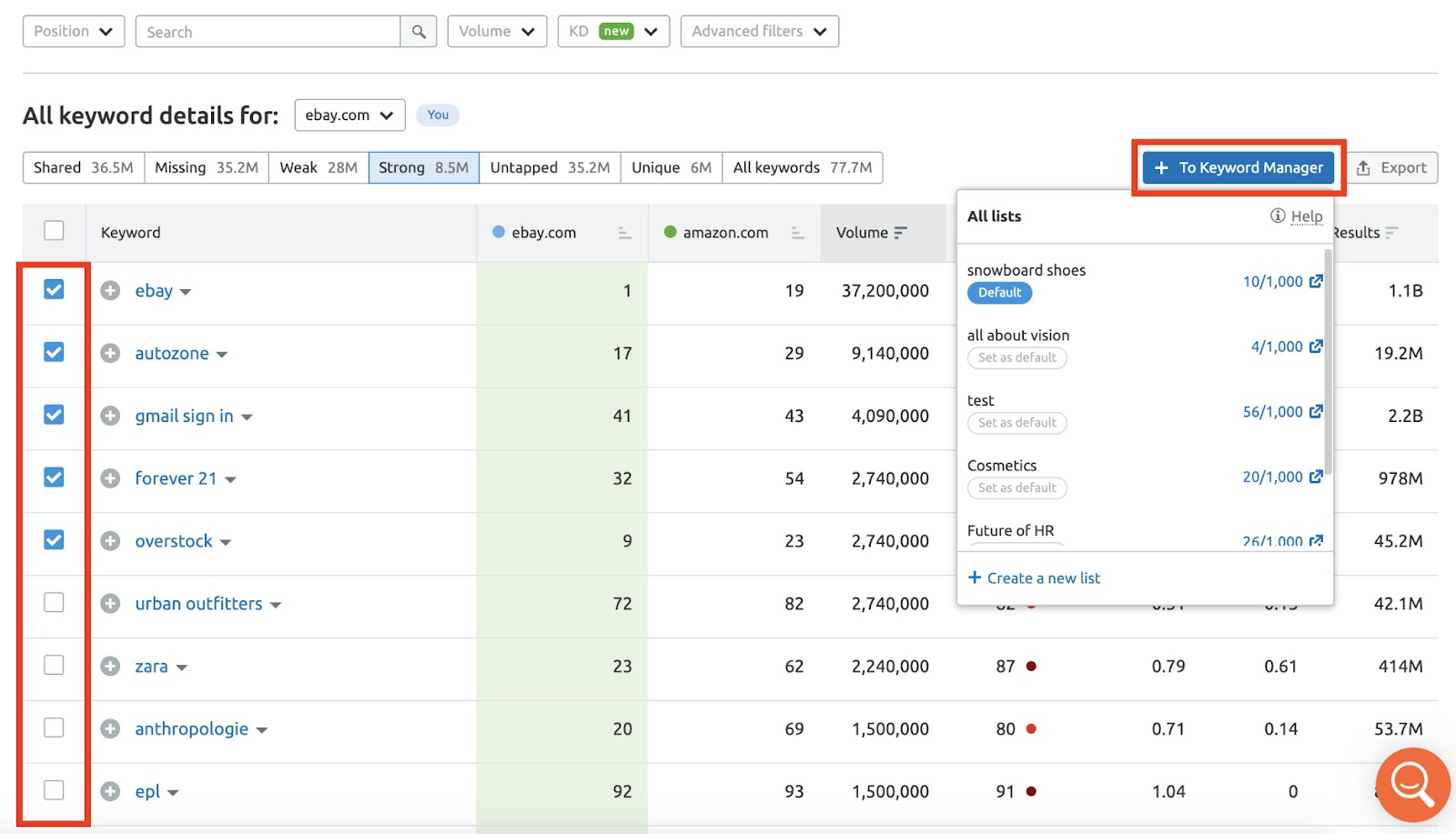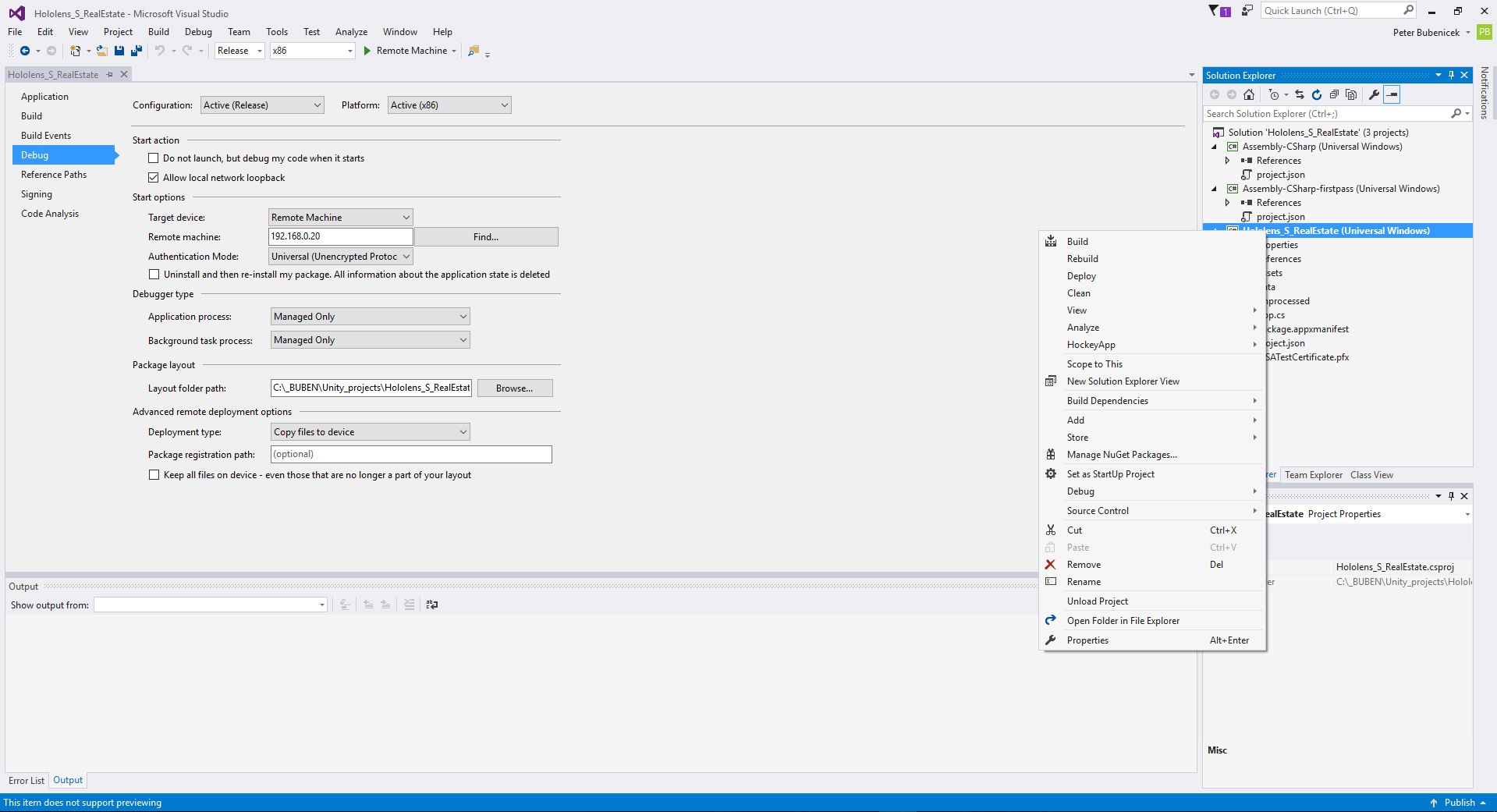

Eye position tracking which the system uses internally to enable comfortable and quality viewing experience.If not, read more about diagnosing calibration failures.Įye tracking is used to enable two capabilities: If calibration was successful, you'll see a success screen. Focusing on the gems allows HoloLens to learn about your eye position to render your holographic world. It's fine if you blink during calibration, but try to stay focused on the gems instead of other objects in the room. The device is taken off and put back on and any of the above circumstances applyĭuring this process, you'll look at a set of targets (gems).The user has deleted their calibration profiles.The calibration process didn't succeed the last time the user used the device.The user previously opted out of the calibration process.The user is using the device for the first time.HoloLens 2 prompts a user to calibrate the device under the following circumstances: After calibration, holograms will appear correctly even as the visor shifts on your head. It also helps with user comfort, hologram alignment, and hand tracking. Calibrating the HoloLens 2 ensures that it can accurately track your eyes (and the eyes of anyone else who uses the device).


HoloLens 2 uses eye-tracking technology to improve your experience seeing and interacting with the virtual environment. Jump to HoloLens 2 calibration or HoloLens (1st gen) calibration. While both devices need to calibrate for the best hologram viewing experience, they use different calibration technologies and techniques. HoloLens 2 and HoloLens (1st gen) both work better when they're calibrated to your unique eyes.
#Hololens keyword manager windows#
Just as with any big tech company, Microsoft files these sort of patents routinely and sometimes speculatively, so there’s no guarantee that any of the aforementioned technology will ever actually be used in a finished headset.Calibration, comfort, visuals, quality, ipd, HoloLens, Windows Mixed Reality, VR headsets Of course, enhancements on any or all of those fronts are more than welcome, particularly when it comes to affordability – which can certainly be an issue in terms of higher-end VR or mixed reality headsets. Stray light from the light source of the eye-tracking system is also cited as a problematic bugbear. Those pitfalls of conventional eye-tracking systems mentioned include adding unnecessary bulk and weight, not to mention additional cost for the end hardware. The second patent discovered relates to eye-tracking in head-mounted displays, and pertains to technology that facilitates a “streamlined and efficient design” for use in such hardware, avoiding common pitfalls. The net result should be a headset with an impressively wider field of view, that isn’t bulked-up to the extent that it detracts from the comfort of wearing a mixed reality device for longer periods of time. The idea is that those angularly multiplexed holographic recordings (good job that isn’t a mouthful) can be spatially overlapped, thus minimizing any increase in size compared to using layers of gratings. Luminance non-uniformity issues – distractingly varying light levels – may also be gremlins in the works when it comes to looking at approaches for increasing field of view in this manner.Īt any rate, Microsoft’s patent proposes a solution to provide “a near-eye display device with a wide field of view through the use of angularly multiplexed holographic recordings to form gratings for the waveguide”. The drawback, however, is that (obviously enough) creating the space for this separation means a thicker waveguide, and thus a potentially bulkier headset.


 0 kommentar(er)
0 kommentar(er)
